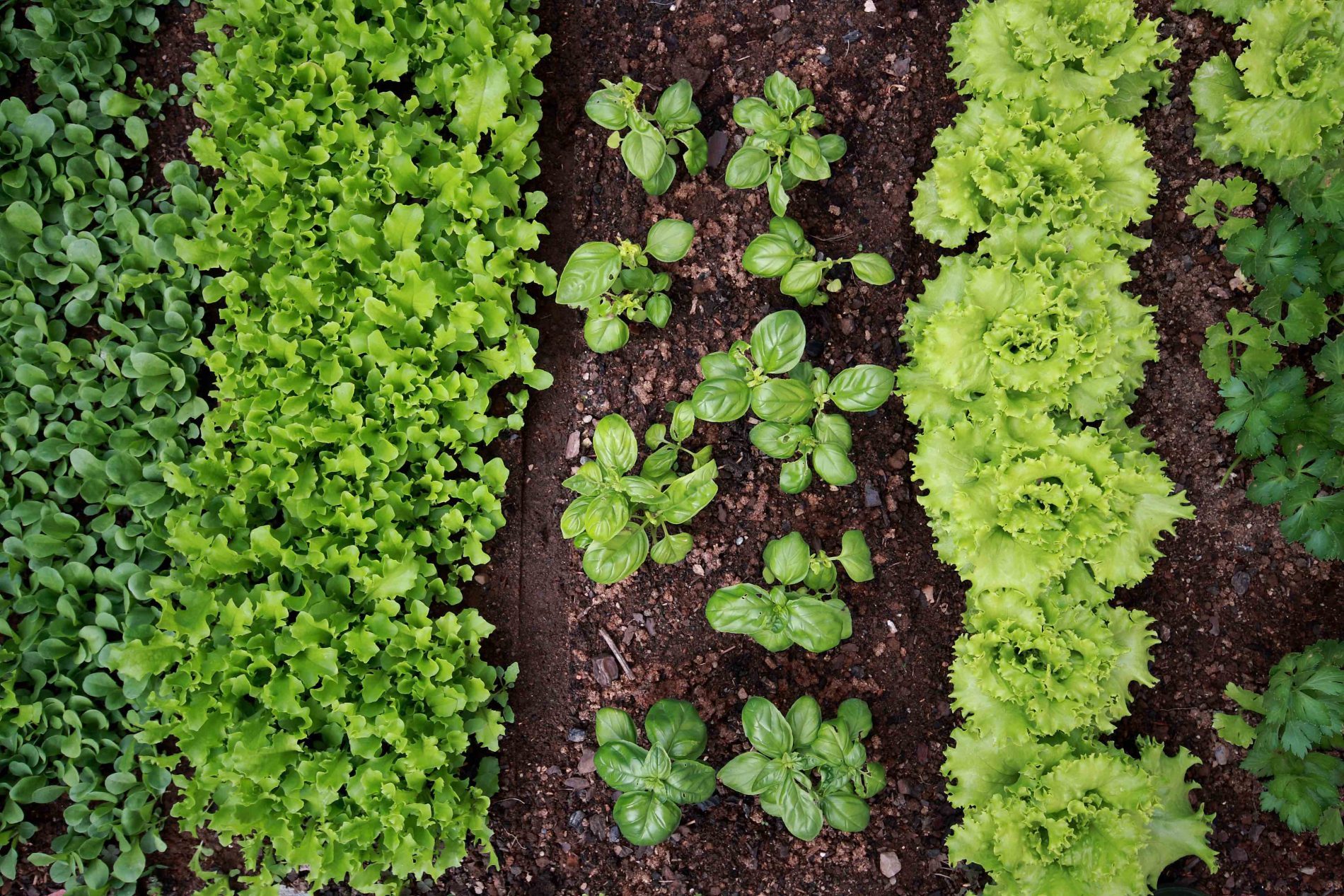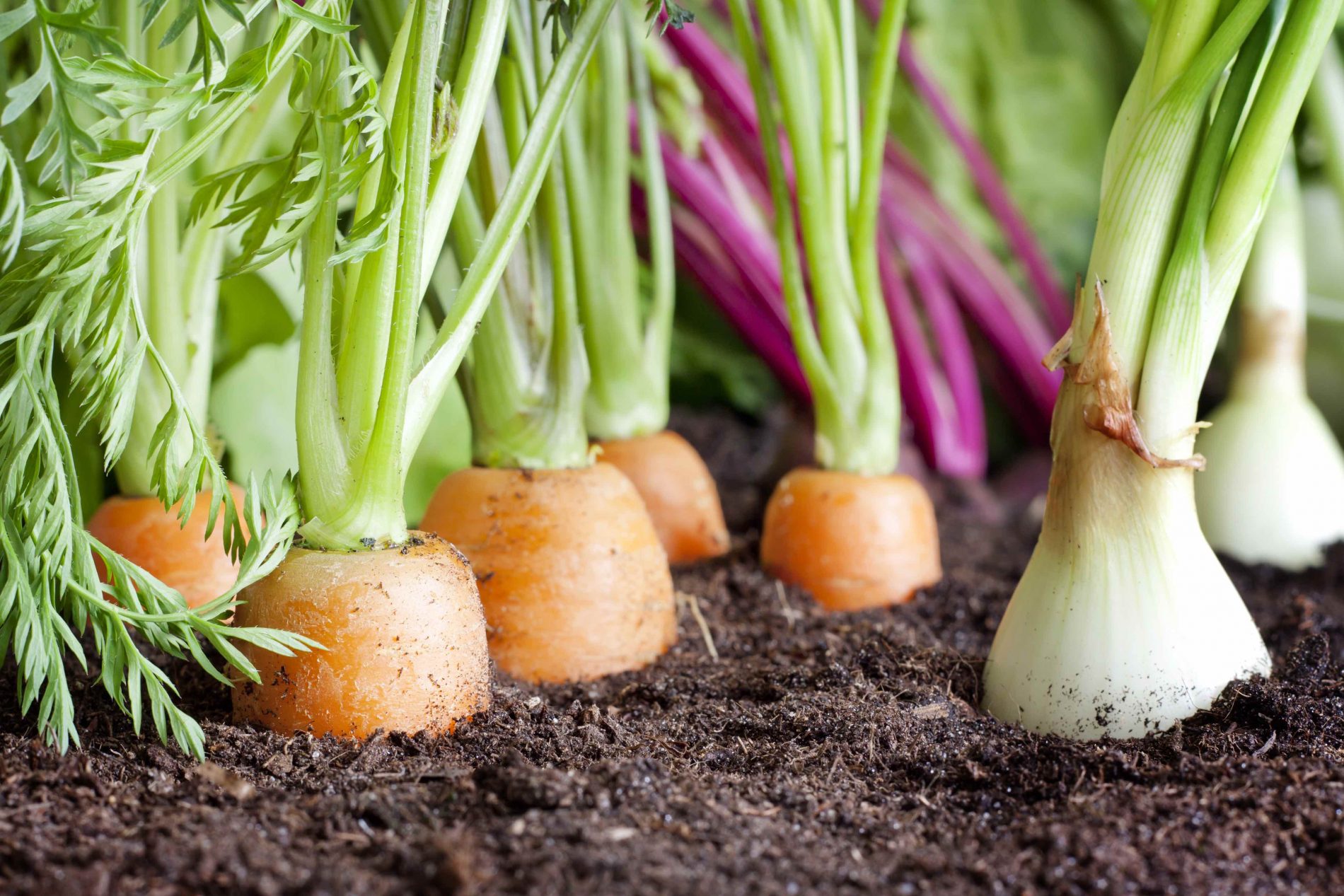It’s Spring!! It’s time for spring cleaning of the body, mind and spirit. And it’s also time to clean out your yard and gardens to prepare for the new season.
Have you ever wanted to grow your own fruit and vegetables in your own backyard?
It is super easy, a critical skill to know how to grow your own food and is actually very enjoyable to be outside in the warm summer air tending to something that will bring you such joy, nutrition and flavour in just a few short weeks.
Here is how to get started:
If you already have some garden space, move the soil around as well as you can with a hoe or a rototiller. This will break up the hard soil that has gotten hard over the winter months.
If you do not have a garden yet, choose a space in your yard that has the most sun possible and dig the layer of sod off the ground until you reach your desired space. Then dig the soil around, remove any large stones, rototill the soil or use a hoe to break up the hard soil so that the roots of the plants and seeds you will be planting can actually reach down and root themselves easily.
You can add compost or fresh top soil to the earth that you have just turned over to provide fresh nutrients for your plants to grow.
Choose a garden layout that will allow you to walk easily through your garden or be able to reach everywhere from being on the edge. I always plant my garden in rows because it makes it much easier for planting, weeding and harvesting. But some microgardens do well growing in pods rather than rows. It depends on how much space you have.
The easiest vegetables to grow from seed are carrots, beets, spinach, lettuce, kale and herbs. They are very hearty and produce decent crops with little tending.
However if your looking to make the most out of your garden, click here to read ‘Backyard Medicine – Grow Your Own Natural Remedies”, before choosing what to plant.
Once your soil is soft and you have chosen your seeds, make a shallow row, approximately 1” deep, for your seeds to drop into.
Plant your carrot seeds about 1” apart in the row, as you can imagine how much space each carrot needs to grow and expand to become full sized.
Beets need a little bit extra space because each beet seed will produce 4 beets.
For the lettuce, it depends on the type you are growing – leaf lettuce can be planted fairly close together because it grows just as leaves, but romaine lettuce will form into heads and needs a few inches of space.
The important thing is to keep in mind the amount of space the vegetables need to become full sized (like you would find at the grocery store) and give them that much space to grow.
Once you plant the seeds, cover them with dirt and pack the dirt lightly. You can water them every day until they start to sprout and then keep watching them. Once you can see the actual rows forming, then you can begin to see what each of the plants look like and you can decipher the vegetables you want growing from the weeds that will also pop up!!
Pull out the weeds so their roots don’t crowd out your vegetables’ roots and keep watering them regularly throughout their growing season.
You can also plant already growing vegetables such as tomatoes, because they need a longer growing season than our climate allows for. By purchasing tomato plants that are already well established, you can enjoy their fruits in mid-late August. This is the same for pepper plants, but they are often difficult to grow!! (Or at least I don’t seem to have much luck with them!!)
Good luck with your garden adventures, and be sure to share this hobby with your children. There is no better way to spend the summer months than being outside and enjoying time with Mother Nature.
Jo-Anne Richardson has almost a decade of experience managing a chiropractic office and educating patients on how chiropractic can allow your body to express optimal health. She is a Registered Holistic Nutritionist and holds a Degree in Communications. She loves to experiment with raw vegan recipes, loves to salsa dance, travel and learn new holistic health information to share tips with everyone who visits the office.



